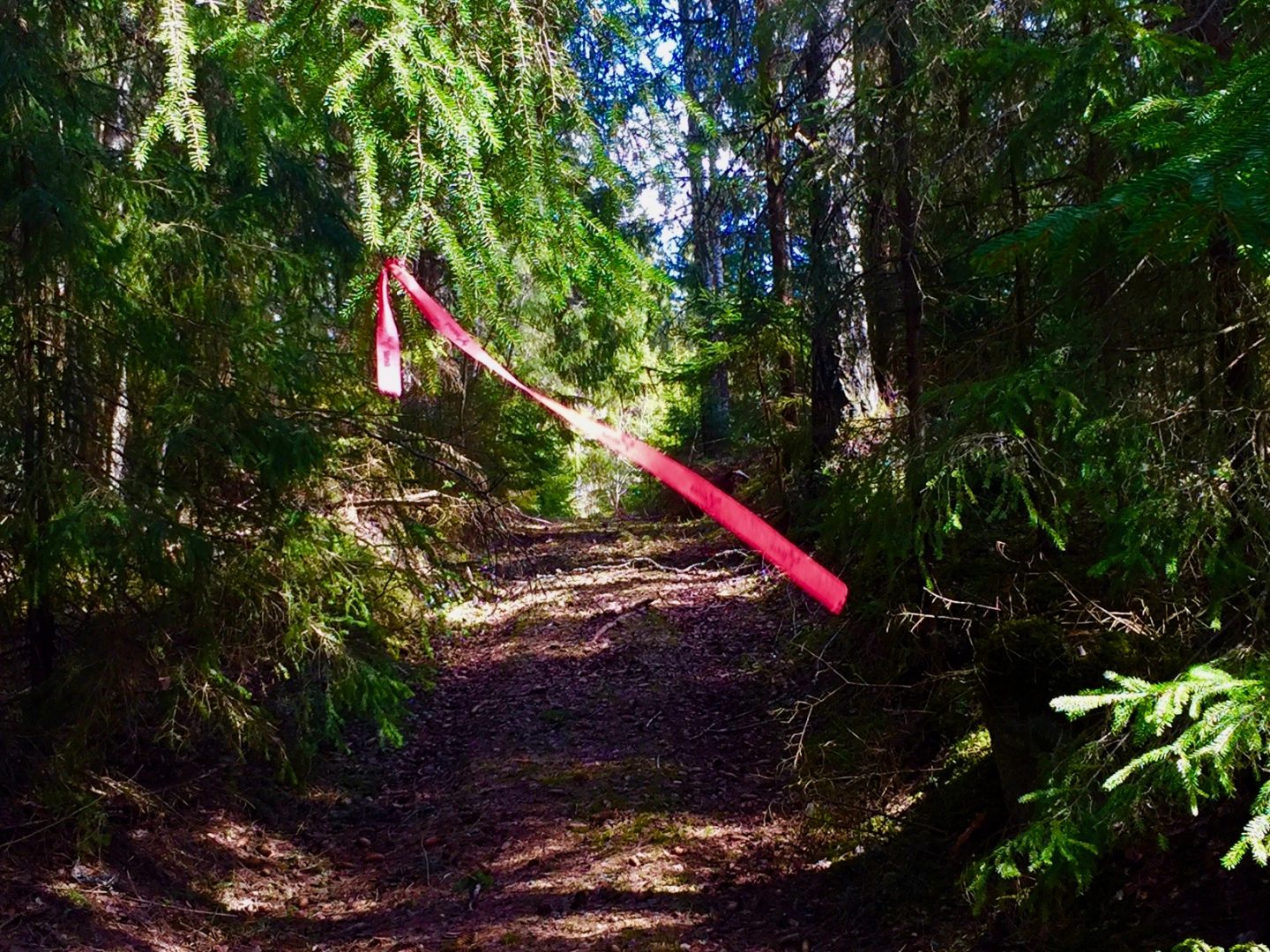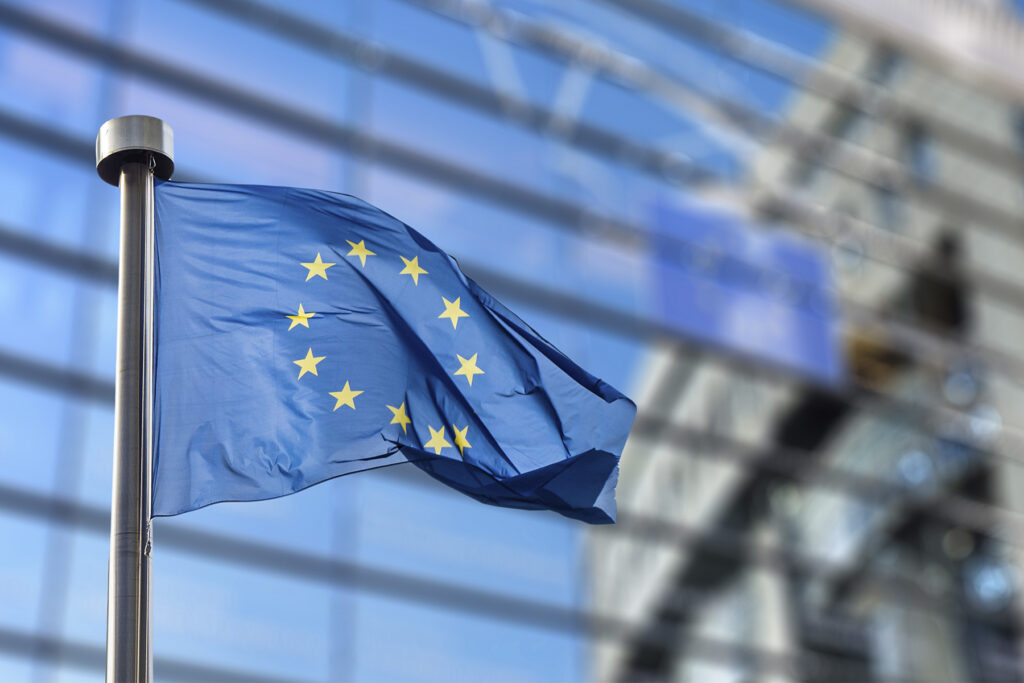Vihreän siirtymän tilanteesta Suomessa
–
Euroopan komissio kiertää jäsenmaissa selvittämässä järjestöjenkin käsityksiä EU-tavoitteiden saavuttamisen edistymistä. Nyt oli vuorossa ilmasto- ja energiapolitiikka. Yleisesti ottaen Suomi voi saavuttaa tavoitteet, jos seuraava hallitus jatkaa samaan malliin – ja metsäpolitiikka saadaan kuntoon.

Kirjalliset vastaukset etukäteen annettuihin kysymyksiin keskustelussa, jossa liittoa edusti toiminnanjohtaja Tapani Veistola. Keskustelun tausta on EU:n ns. talouden ohjausjakso (semester) ja vihreä siirtymä, johon on satsattu paljon EU-varojakin.
9.2.2023
Questions on Green Transition
European Commission’s visit to Finland 7-9 February 2023
The contribution by the Finnish Association for Nature Conservation
Policy Officer Hanna Aho & Executive Director Tapani Veistola
1. How do you assess Finland’s progress towards its 2035 target for carbon neutrality?
Emission reductions are more or less on the track towards carbon neutrality. Emission reductions in the effort sharing sector have been more difficult to accomplish and additional measures are necessary both on the transport and agricultural sector.
On the energy sector the challenges lie in the large amount of forest biomass energy use. Especially now that the price of the ETS emissions allowances is high burning biomass is very competitive in respect to other renewables used in the heating sector. This is very problematic as the burning of forest biomass is not carbon neutral and is contributing to the diminishing of our forest carbon sink.
The biggest uncertainties regarding achieving carbon neutrality in 2035 lie in the development of the land use sector. Policies during the past ten years have contributed to the land sector turning from a considerable carbon sink to a source of emissions. This state is expected to be long lasting as reasons behind the reduction in the forest sink are in reduced forest growth, the forest management practices and high harvesting levels. Big policy changes including reduction in forest harvesting levels, are needed to reach the level of carbon sinks needed for carbon neutrality. The carbon sink gap is approximatedly -22 Mt annually. The good news is that this gap can be closed. Finnish Nature Resources Institute Luke has estimated measures increasing the net sink by up to 10Mt. On top of this forest harvesting levels should be reduced. With approximatedly 14 million cubic meters lower harvests than in 2021 a sink of 20 Mt can be reached even if the annual growth stays as it is. https://www.luke.fi/sites/default/files/2023-02/Aleksi_lehtonen_Metsa%CC%88areena.pdf
One Finnish speciality is peat mining and burning with huge climate emissions. The EU ETS has made it less profitable than before, but it has been continued after Russian invasion to Ukraine. Big energy companies know, that there is no future for peat mining and burning. However, some companies are trying to find new ways to use peat as “active carbon” (Neova) or “biofibre” (Biolan) projects. This is very problematic also for nature and DNSH principle.
2. In your assessment, are industry and the government taking sufficient measures to contribute towards Finland’s 2035 carbon neutrality goal?
The sectoral low carbon roald maps are based on a biomass use that is not realistic. https://www.sciencedirect.com/science/article/pii/S2211467X22000360
It is necessary for the industry to seek ways to reduce emissions in a way that does not reduce the carbon sinks. Also national and EU scale measures are needed to ensure forest biomass enery use does not harm biodiversity and the climate.
The current government has made a lot of progress but more should be done in assesing and cutting harmful subsidies and supporting the carbon sinks. The government has even increased harmful subsidies by incriesing its support to national flights. Also measures in agriculture and transport have not been sufficient.
Even the environment committee of the Finnish Parliament has stated that the efforts in the land sector have been insufficient. FANC and Greenpeace have started the first Finnish climate litigation case to ensure the governments actions are in line with the climate law and ensure reaching our climate targets. Thus the government has set a group to asses further policy options for this sector including using economic tools to support the work of the next government.
3. What reforms and investments should be prioritised?
Taxation reform and economic tools are needed to support carbon sinks and the emission reduction in the transport sector. The polluter pays principle should apply also to emissions in the land sector. A tax on forest harvests is necessary. DNSH principle should be used also in energy subsidiaries.
4. How do you assess the progress in the major emitting sectors of energy, industry, buildings and transport?
There is some progress. However, we want more speed.
5. What bottlenecks do you see for the further increase of the share of renewables in the energy mix towards meeting the carbon neutrality goal in 2035, and what measures are you advocating to address these bottlenecks?
From the point of view of wind and solar the optimization of location is the key. DNSH is important when using subsidiaries. Forest loss and degradation should be prohibited in the future as well as negative impacts on soils, especially on organic soils.
Tax exemption to forest biomass energy use slows down investments to beyond burning renewables like heat pumps and deep heat. Also incentives that support short rotation forestry and high harvesting levels support forest biomass energy use and should be reduced.
Further information
Policy officer (climate and energy) Hanna Aho
+358 40 628 9495, hanna.aho a sll.fi
Executive Director Tapani Veistola
+358 400 615 530, tapani.veistola a sll.fi
Lisätietoja
Ilmastoasiantuntija Hanna Aho
- +358 40 628 9495
- hanna.aho(a)sll.fi
- @AhoHannaMH
- Tutustu ilmastotyöhömme


